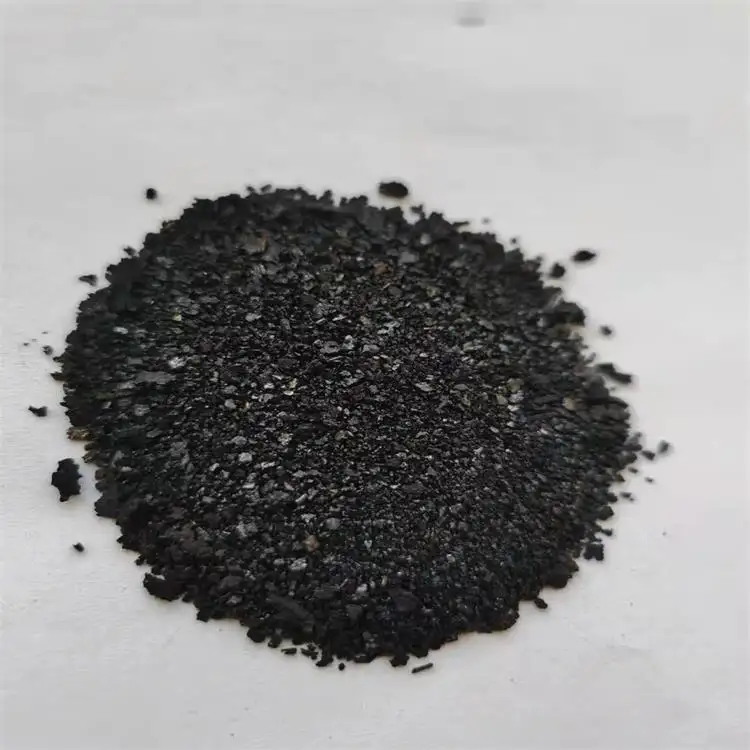indigo dyeing machine
The Art and Science of Indigo Dyeing Machines
Indigo dyeing is a time-honored craft that has captivated artisans and manufacturers alike for centuries. Historically, the process involved intricate methods that were labor-intensive and time-consuming. However, the advent of indigo dyeing machines has revolutionized this traditional craft, enabling a shift toward efficiency without compromising the quality and aesthetic of the final product.
Understanding Indigo Dyeing
Indigo dyeing is a process that uses the blue pigment derived from the leaves of the indigo plant. This dye is known for its rich history, dating back to ancient civilizations in Asia, Africa, and the Americas. The unique property of indigo lies in its ability to dye fabric without being soluble in water. Instead, the dye must undergo a reduction process, turning it into a soluble form that can penetrate fabric fibers. Once the fabric is removed and exposed to oxygen, the dye oxidizes to reveal its vibrant blue hue.
Traditionally, indigo dyeing involved manual dipping and intricate techniques that required skilled artisans. This method, though beautiful and culturally significant, posed significant limitations in terms of scalability and consistency. The introduction of indigo dyeing machines has transformed these challenges into opportunities, making the process more accessible and efficient.
The Mechanism of Indigo Dyeing Machines
Indigo dyeing machines are engineered to automate various stages of the dyeing process. They are equipped with advanced technology that allows for precise control over temperature, pressure, and timing, ensuring that the dyeing process remains consistent batch after batch. These machines can accommodate multiple fabrics, reducing the time required to dye large quantities while maintaining uniformity in color.
A typical indigo dyeing machine features several key components a dyeing chamber, a circulation system for the dye bath, temperature controls, and a rinsing and drying area. The dyeing chamber is where the fabric is submerged in a bath of indigo dye. The circulation system helps to maintain the dye’s properties by ensuring that the mixture is constantly agitated, allowing the dye to evenly penetrate the fabric.
indigo dyeing machine

One major advantage of using indigo dyeing machines is the reduction of water usage compared to traditional methods
. These machines can recycle and reuse water in an efficient manner, addressing environmental concerns linked to textile production. Furthermore, many modern dyeing machines come equipped with features such as automatic dye concentration measurement and color matching, minimizing waste and enhancing sustainability.Quality and Consistency
Despite the technological advancements, the essence of indigo dyeing remains unchanged. Skilled artisans continue to play a vital role in the process, overseeing the machine’s operations and making necessary adjustments to achieve the desired shade and depth of color. This synergy between technology and craftsmanship ensures that the rich heritage of indigo dyeing is preserved, while also embracing modern methodologies.
In addition, machines can provide a level of precision that manual methods often struggle to match. Consumers can expect consistent results; whether it’s a small batch of fabric for artisanal projects or a large volume for commercial production, indigo dyeing machines can meet diverse needs without sacrificing quality.
The Future of Indigo Dyeing
Looking ahead, the future of indigo dyeing machines seems promising. Innovations in technology will likely continue to emerge, focusing on eco-friendly production processes and enhanced dyeing techniques. As the global demand for sustainable fashion increases, these machines will become essential tools in the textile industry.
Incorporating automation does not eliminate the artistry of indigo dyeing; rather, it complements and enhances the craft. As fashion designers and manufacturers increasingly seek sustainable methods of production, indigo dyeing machines remind us that the art of dyeing can evolve, adapting to contemporary needs while respecting age-old traditions.
In conclusion, indigo dyeing machines represent a remarkable intersection of tradition and innovation. They allow for larger-scale production of one of the world’s most cherished dyes while preserving the cultural significance and beauty intrinsic to indigo. As these technologies continue to develop, they open the door to a future where art and efficiency coexist harmoniously in the textile industry.
-
The Timeless Art of Denim Indigo Dye
NewsJul.01,2025
-
The Rise of Sulfur Dyed Denim
NewsJul.01,2025
-
The Rich Revival of the Best Indigo Dye
NewsJul.01,2025
-
The Enduring Strength of Sulphur Black
NewsJul.01,2025
-
The Ancient Art of Chinese Indigo Dye
NewsJul.01,2025
-
Industry Power of Indigo
NewsJul.01,2025
-
Black Sulfur is Leading the Next Wave
NewsJul.01,2025

Sulphur Black
1.Name: sulphur black; Sulfur Black; Sulphur Black 1;
2.Structure formula:
3.Molecule formula: C6H4N2O5
4.CAS No.: 1326-82-5
5.HS code: 32041911
6.Product specification:Appearance:black phosphorus flakes; black liquid

Bromo Indigo; Vat Bromo-Indigo; C.I.Vat Blue 5
1.Name: Bromo indigo; Vat bromo-indigo; C.I.Vat blue 5;
2.Structure formula:
3.Molecule formula: C16H6Br4N2O2
4.CAS No.: 2475-31-2
5.HS code: 3204151000 6.Major usage and instruction: Be mainly used to dye cotton fabrics.

Indigo Blue Vat Blue
1.Name: indigo blue,vat blue 1,
2.Structure formula:
3.Molecule formula: C16H10N2O2
4.. CAS No.: 482-89-3
5.Molecule weight: 262.62
6.HS code: 3204151000
7.Major usage and instruction: Be mainly used to dye cotton fabrics.

